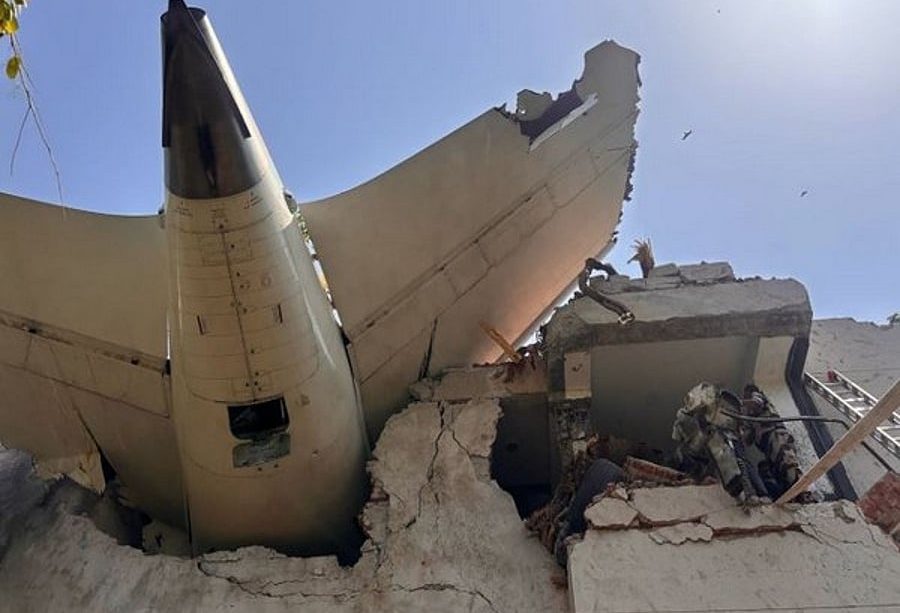Charkhi Dadri Plane Crash: A Tragic Incident Remembered

Introduction
The Charkhi Dadri plane crash, which occurred on November 12, 1996, remains one of the deadliest aviation disasters in India’s history. This tragic event involved a mid-air collision between two commercial aircraft, resulting in the loss of 349 lives. The incident has significant implications not only for the families involved but also for the aviation industry, drawing attention to the need for enhanced safety protocols and regulations.
Details of the Crash
The crash occurred near Charkhi Dadri, a town in Haryana, when a Saudi Arabian Airlines Boeing 747 collided with a Kazakhstan Airlines Ilyushin Il-76 over the area. Both aircraft were en route to different destinations, and the lack of effective air traffic control measures at the time played a major role in the disaster. Eyewitness accounts described a harrowing scene as debris fell from the sky, leading to a massive fire and scattering wreckage across a wide area.
Aftermath and Investigation
In the wake of the crash, an extensive investigation was launched by the Directorate General of Civil Aviation (DGCA) of India. The final report highlighted critical lapses in air traffic management and communication protocols. It recommended immediate enhancements to radar systems and better training for air traffic controllers to prevent such instances in the future. The incident also led to changes in international aviation laws, ensuring stricter measures were put in place globally.
Significance of the Charkhi Dadri Crash
The Charkhi Dadri plane crash is not only a reminder of the tragic loss of lives but also serves as a pivotal moment for aviation safety reforms. The event prompted widespread discussions regarding air traffic control technology and efficiency in the Indian aviation system. In recent years, updates have been made to air traffic systems in India, emphasizing the commitment to preventing such disasters.
Conclusion
As we reflect on the Charkhi Dadri plane crash, it’s essential to recognize the lessons learned and the advances made in aviation safety since the incident. While the pain of the loss is still felt by many families, the improvements in regulatory practices serve to honor the memories of those lost. The aviation industry continues to adapt and evolve, with a focus on ensuring the safety of passengers and crew. Future developments in aircraft technology and traffic management are likely to further reduce the chances of such tragedies occurring again.









